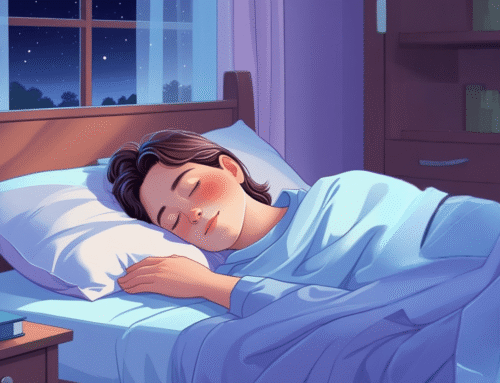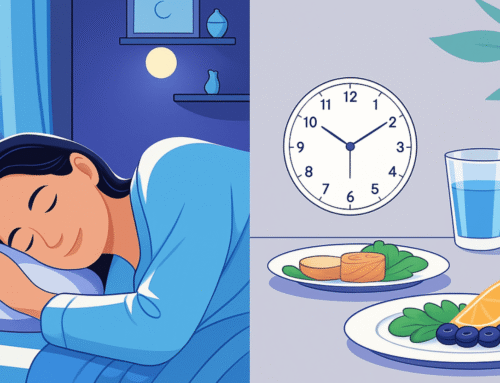Tailbone pain can make sleeping uncomfortable and affect how well you rest. To reduce pressure, avoid lying directly on your tailbone. Sleeping on your side with a pillow between your knees or on your back with a pillow under your knees can keep your spine aligned and ease pressure. A firm mattress or a supportive cushion can also make a difference.
People with tailbone pain should avoid sleeping on their stomach. This position adds stress to the spine and neck. Lifting your hips slightly with a pillow can help reduce discomfort. Small adjustments in your sleep position and adding pillows can make sleep much easier even with tailbone pain.
Understanding which positions affect your tailbone helps you find what works best for your pain and type of injury. Combining proper sleeping positions with simple self-care can speed up recovery and improve comfort at night.
Key Takeaways
- Sleep in positions that keep the spine aligned to reduce tailbone pressure.
- Pillows and a firm mattress can help relieve tailbone pain.
- Avoid sleeping on your stomach and adjust support to improve rest.
- A medium-firm mattress with responsive support helps keep the spine straight and distributes weight evenly, reducing pressure on the tailbone for better sleep.
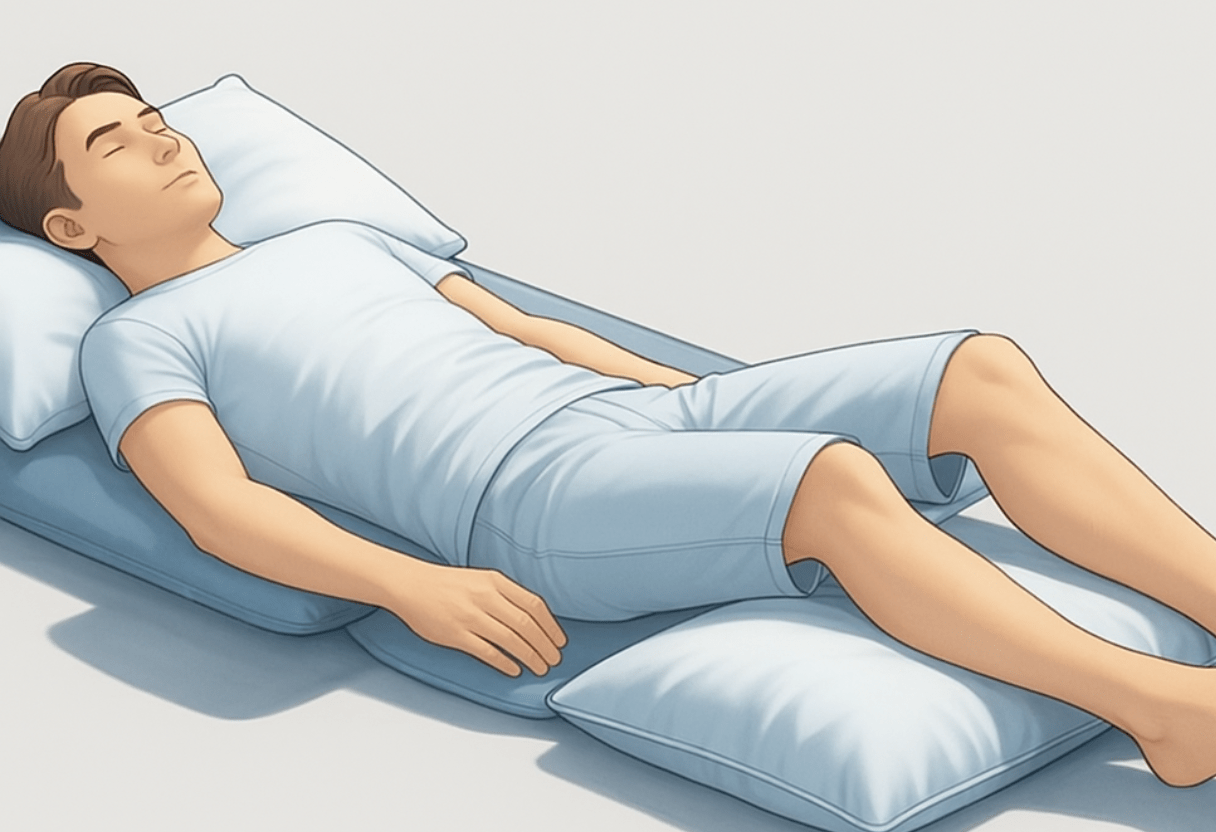
Understanding Tailbone Pain and Its Impact on Sleep
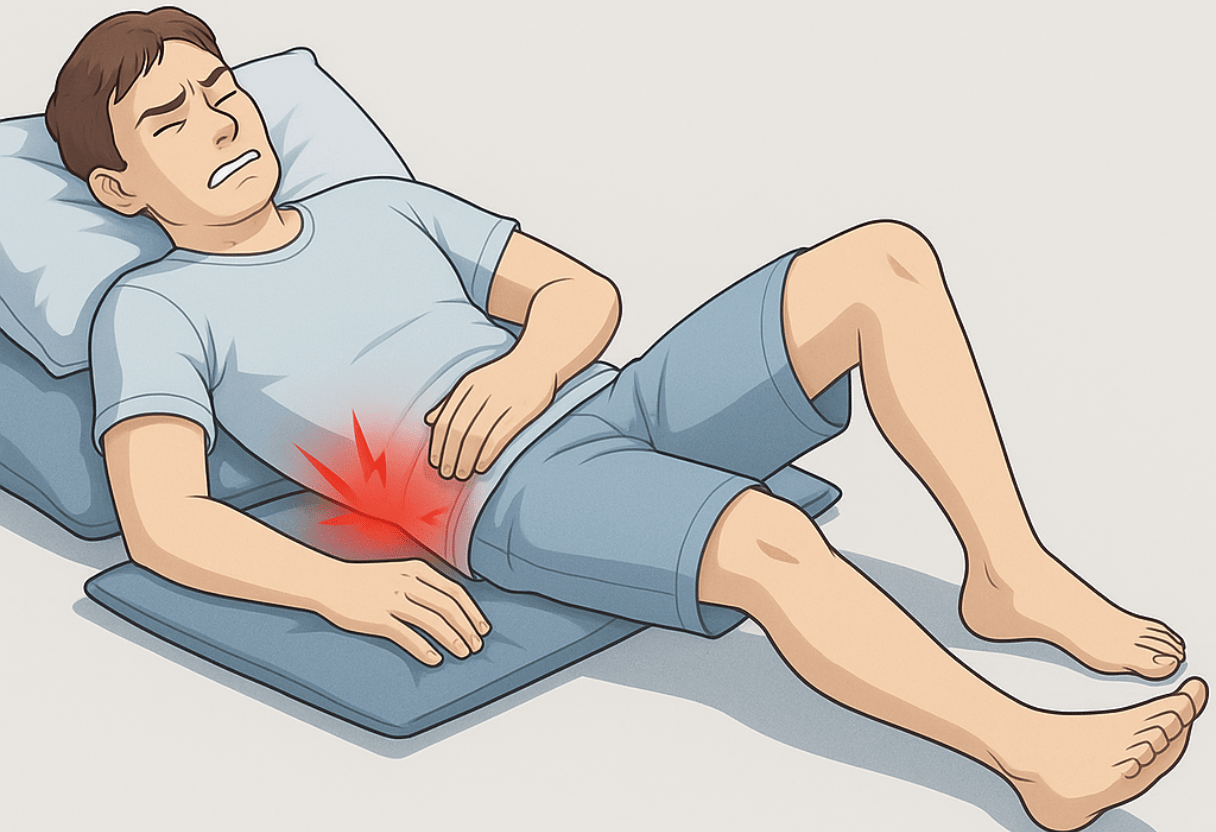
Tailbone pain can make resting difficult because it often worsens when lying down. The causes, symptoms, and effects on sleep quality help explain why managing this pain during sleep is important.
What Causes Tailbone Pain?
Tailbone pain, or coccydynia, usually comes from trauma or pressure. Falling on the tailbone, sitting too long on hard surfaces, and childbirth can trigger it. Poor posture while sitting or lying may also strain the coccyx. Less common causes include joint problems or infections near the tailbone. Repeated stress or inflammation can make the area sore. Understanding what triggers the pain can help you find better sleeping positions and reduce discomfort.
Common Symptoms and Nighttime Discomfort
Tailbone pain often shows as soreness or tenderness at the base of the spine. The pain can be sharp or dull and may spread to the lower back or hips. Sitting too long or shifting positions can make it worse. At night, the pain may feel stronger while lying down. Direct pressure on the coccyx can make it hard to fall or stay asleep. This can lead to waking often or restless sleep, affecting overall rest and recovery.
Why Does Tailbone Pain Impact Sleep Quality?
Tailbone pain affects sleep because lying flat can press the coccyx against the mattress. Certain positions increase discomfort and make the night restless. Pain often causes tossing and turning, which stops deep, restorative sleep. It can also tighten lower back muscles, making rest even harder. Poor sleep slows recovery and prolongs pain. Sleeping on your side with a pillow between the legs or using a supportive surface can help reduce pressure and improve sleep.
Best Sleeping Positions for Tailbone Pain Relief
Finding the right way to sleep can help for those with tailbone pain. Proper support and positioning reduce pressure on the coccyx and can make resting more comfortable. Changing how you lie down can also prevent the pain from getting worse during the night.
Sleeping on Your Side
Sleeping on your side is often the best choice for tailbone pain. This position keeps the tailbone from pressing directly on the mattress. Placing a firm pillow between your knees helps align the hips and eases tension in the lower back and coccyx.
Your legs should be slightly bent, not fully straight or tightly curled. This keeps your back aligned and reduces stress on the muscles around the tailbone. A small pillow under your waist adds support and keeps your spine neutral. Side sleeping in this way can be more comfortable and avoids irritating the tailbone at night.
Back Sleeping With Knee or Hip Support
Lying on your back can also help, if done correctly. Putting a pillow under your knees slightly raises the legs and takes pressure off the lower spine and tailbone. Adding a pillow under the hips can lift the pelvis a little and reduce weight on the coccyx. A firm mattress with this kind of support stops the tailbone from digging into the bed. This position keeps your body aligned and works well for people who prefer back sleeping but experience tailbone pain.
Avoided Positions with Tailbone Pain
Sleeping on your stomach puts the most pressure on the tailbone and should be avoided. This position pushes the lower back down and increases pain in the coccyx. Sitting up in bed or curling tightly in a fetal position also strains the tailbone. These positions can misalign the spine and slow healing. Avoid any position that presses the tailbone against a hard surface. Sleeping in the right way can reduce inflammation and let you rest without added pain.
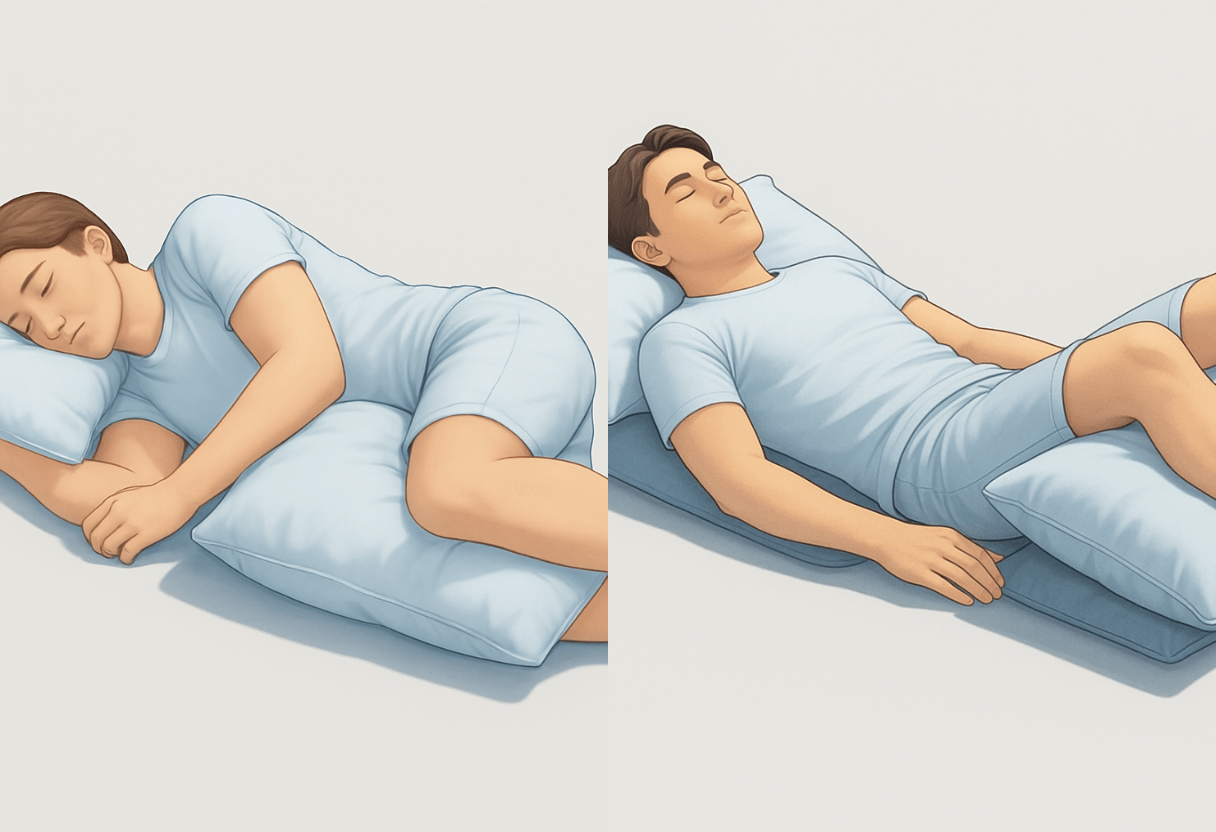
Techniques for Reducing Tailbone Pain When Lying Down
Pain in the tailbone on lying down can render sleep challenging. Having the correct support and alignment is critical in order to avoid pressure on the coccyx. Pillow adjustments, mattress configuration, and cushion support all take vital parts in alleviating pain.
Pillow Placement Strategies
Placing pillows in the right spots can reduce tailbone pain by taking pressure off the coccyx. Side sleepers benefit from putting a firm pillow between the knees. This keeps the hips aligned and lowers stress on the lower back and tailbone.
For people who sleep on their back, a pillow under the knees can slightly lift the legs and maintain the natural curve of the spine. This helps reduce pressure on the tailbone and lower back. Lying on a soft but firm pillow under the hips or lower back can also lift the pelvis just enough to relieve coccyx pressure. These simple pillow adjustments can make sleep more comfortable and reduce tailbone pain in the morning.
Implementing Mattress Toppers and Bed Adjustments
A firm, even mattress helps relieve tailbone pain. Soft or sagging mattresses increase pressure on the coccyx and can make pain worse. Adding a firm mattress topper can help if the bed is too soft. Foam or latex toppers spread weight evenly and reduce pressure points.
For those with adjustable beds, slightly raising the upper body or hips can shift weight away from the tailbone. This small change lowers inflammation and improves comfort while lying on the back. Specialty pillows like donut or ring pillows help by creating a hollow space so the tailbone doesn’t press directly on the mattress.
Body pillows can also help side sleepers maintain better spinal alignment. Hugging a body pillow prevents the hips from twisting and eases stress on the tailbone. Using body pillows along with supportive cushions adds comfort and reduces pressure that causes pain in the tailbone. Regularly using these supports can improve sleep quality and lessen discomfort.
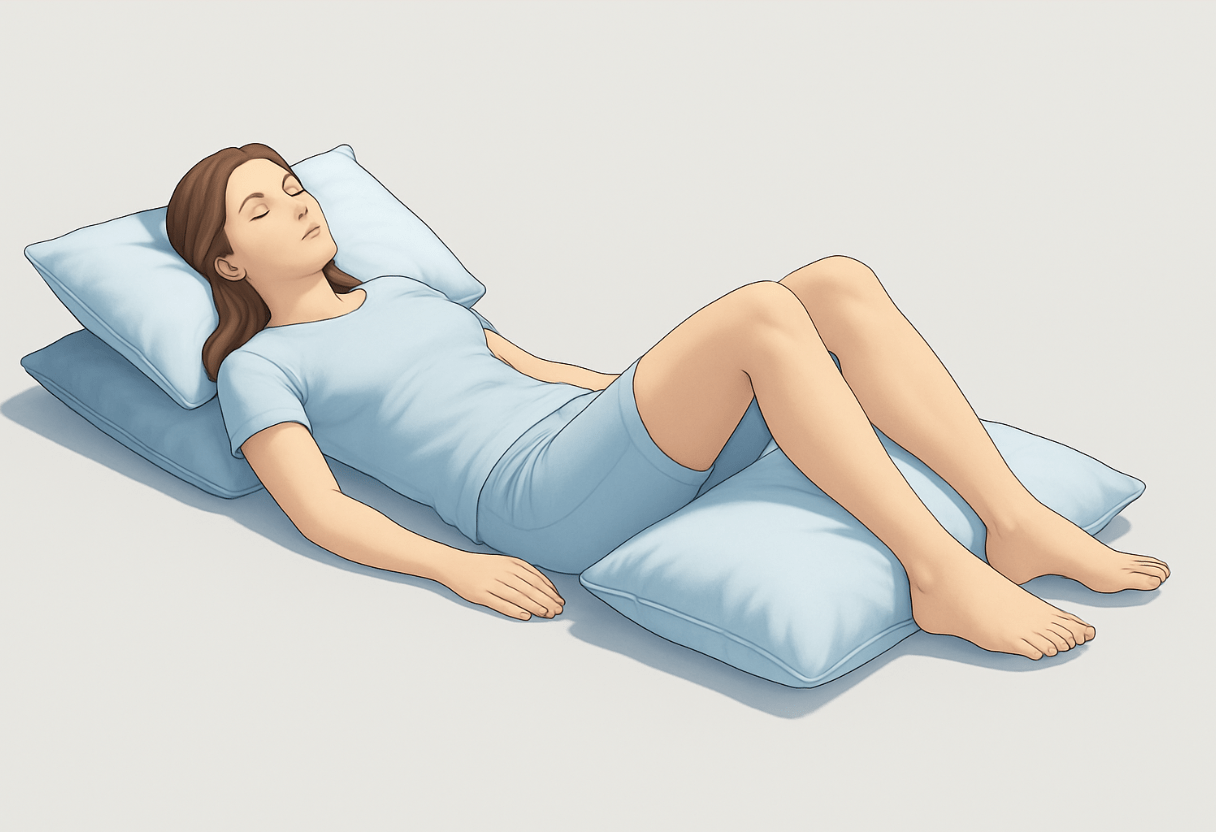
Additional Strategies to Improve Sleep With Tailbone Pain
Managing tailbone pain during sleep isn’t just about finding a comfy spot. You can ease discomfort by using simple treatments and keeping a steady sleep routine, which also helps prevent the pain from getting worse overnight.
Heat and Cold Therapy Before Bed
Try applying heat or cold to the tailbone area before sleep. A warm compress or heating pad can loosen tight muscles near the coccyx. Spending 15 to 20 minutes on this can make it easier to relax and fall asleep.
Cold packs work differently by numbing the area and reducing swelling, especially after a minor injury or strain. Wrap an ice pack in a towel and leave it on for no more than 15 minutes. Some people find alternating between heat and cold helps with both muscle tension and inflammation. Be careful not to irritate the skin. These methods often reduce tailbone pain at night and make mornings less sore.
Following Good Sleep Hygiene
Good sleep habits can improve rest and help your body heal. Going to bed and waking up at the same time each day keeps your body clock steady and improves overall sleep.
Keep your bedroom quiet, dark, and free from distractions. Avoid screens and bright lights an hour before bed because they can make it harder to fall asleep. Gentle stretches or relaxation exercises can loosen the lower back and hip area. Limiting caffeine and heavy meals late in the evening also helps. Using pillows that support proper spine alignment can prevent extra pressure on the tailbone. Following these routines consistently can make night-time tailbone pain easier to manage.
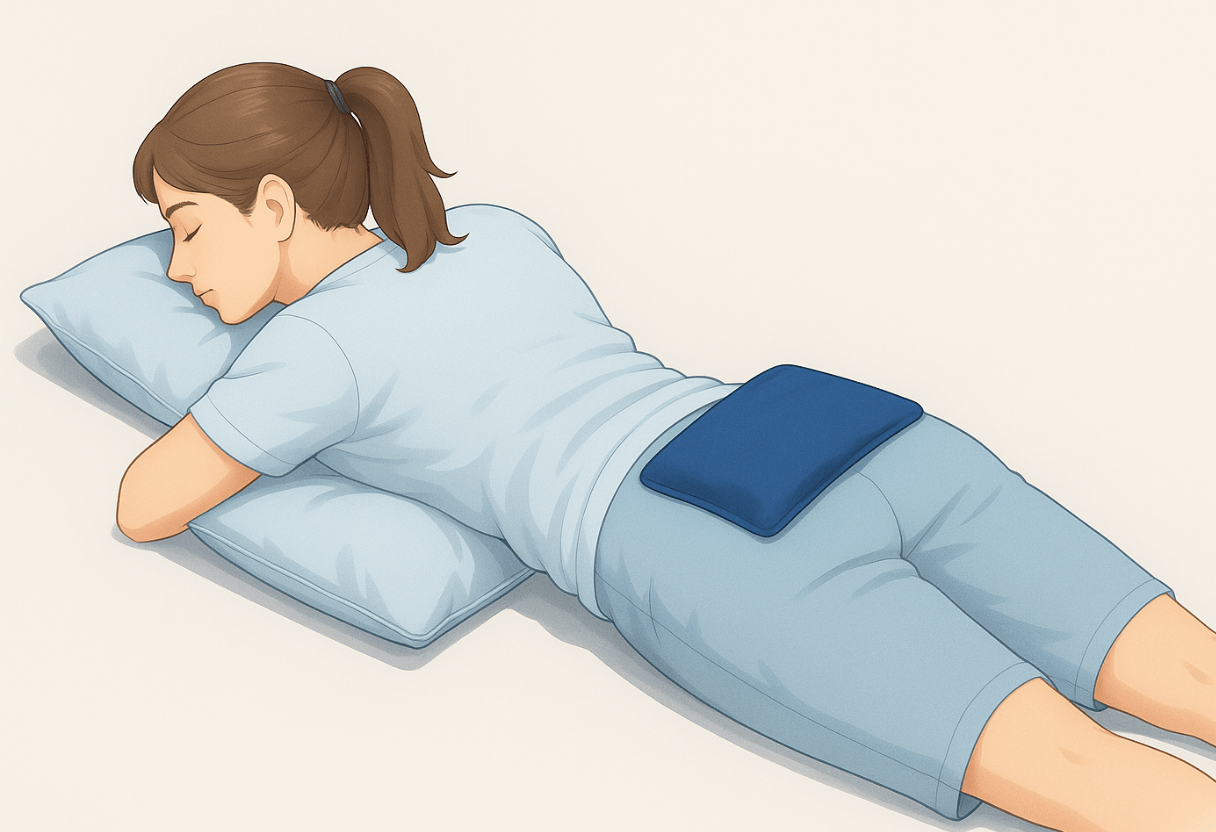
Tailoring Sleep Solutions for Different Tailbone Conditions
Various tailbone issues require certain sleep modifications. Proper positioning and cushioning can reduce pain and prevent further injury while the tailbone heals. Some conditions need extra cushioning, while others do better with less pressure.
How to Sleep With a Bruised Tailbone
A bruised tailbone hurts when pressure is applied, so avoid lying or sitting directly on it. Side sleeping usually works best, with a pillow between the knees to keep the spine straight and reduce pressure on the lower back.
Using a ring cushion or donut pillow can make lying down more comfortable by taking weight off the coccyx. Lying flat on your back without support can press the tailbone against the bed, which is painful. A firm mattress helps support the hips and lower back. Applying ice or heat before sleep can lower inflammation and make it easier to rest even with pain.
How to Sleep With a Broken Tailbone
A broken tailbone needs careful handling to avoid more damage. Rest and keeping pressure off the coccyx are the main priorities. Sleeping on your side with a thick pillow under the hips can help shift weight away from the injury.
A donut cushion or coccyx pillow is often necessary to prevent direct pressure. Back sleeping may work if a pillow goes under the knees to relieve stress on the lower back. Elevating the body with pillows or an adjustable bed can reduce swelling. Over-the-counter painkillers or cold packs before bed may also help improve sleep.
Sleeping With a Pilonidal Cyst
Pilonidal cysts near the tailbone can be painful, especially if infected or inflamed. Keeping pressure off the buttocks and lower back is important.
Side sleeping is often the most comfortable. A soft cushion or gel pad can relieve pressure. Avoid firm mattresses with no padding, which can irritate the area. Good hygiene is crucial to prevent infection, so keep sheets clean and change positions often. If the cyst is inflamed, ice packs before bed may help reduce swelling. Sometimes medical treatment is needed to manage pain at night.
Sleep modifications for these disorders focus on relieving pressure, providing proper support, and controlling pain. These steps help the tailbone heal and improve comfort. For more tips on managing tailbone pain at night, see how to sleep with tailbone pain.
When to Seek Medical Advice for Tailbone Pain
Tailbone pain may get better with home treatment, but there are some warning signs that require a doctor’s examination. Ongoing or severe symptoms might be a sign of an underlying issue that needs expert attention.
Warning Signs That Your Tailbone Pain Could Be Serious
If tailbone pain gets worse or doesn’t improve after a few weeks, it’s a good idea to see a doctor. Pain that stays strong, especially when sitting or lying down, could mean something more serious.
Other warning signs include:
- A lump or noticeable change near the tailbone
- Numbness or weakness in the legs or around the tailbone
- Pain that makes sitting or standing very difficult
- Trouble moving the hips or lower back
These signs shouldn’t be ignored. They could point to a fracture, infection, or nerve problem.
Professional Treatment Options
A doctor can suggest treatments based on what’s causing the tailbone pain. Physical therapy is common. It helps strengthen muscles around the coccyx and improves posture to reduce pressure.
Other treatments might include:
- Steroid injections to reduce inflammation
- Stronger pain medication if over-the-counter options don’t help
- Cushions and supports for sitting or sleeping
If the tailbone is fractured or infected, more advanced treatment or surgery may be needed. Getting care early can make recovery faster and prevent long-term pain when sitting or lying down.
Mattress Tips for Sleeping Comfortably with Tailbone Pain
Choosing a suitable mattress is important for people with tailbone pain. A mattress that is too soft can make the hips and tailbone sink, which adds pressure. On the other hand, one that is too firm can create pressure points and make the pain worse. A medium-firm mattress can give both support and cushioning at the same time. It helps keep the spine in a neutral position and reduces stress on the tailbone. This balance makes it easier to sleep without discomfort.
It’s also nice to check the age and condition of your mattress because older mattresses can lose support and cause pain. It’s recommended to switch to a newer mattress that focuses on pressure relief and can improve sleep quality.
For example, the Birch Luxe Natural Mattress uses natural materials to cradle the body while keeping the spine aligned. The Birch Luxe Natural Mattress has layers of organic wool and latex that provide cushioning and relieve pressure on the tailbone and hips. Its hybrid coil design supports spinal alignment and stays cool and breathable. This combination can make it a good choice for people dealing with coccyx pain. Some people also use a coccyx pillow or donut cushion on the bed. These cushions help take pressure off the tailbone when sitting or lying down, giving extra comfort alongside a supportive mattress.

Frequently Asked Questions
Support and positioning play a big role in reducing tailbone pain while sleeping. Using cushions correctly, adjusting your sleeping posture, and doing simple exercises can help ease the pain. Knowing when to see a doctor and changing certain habits can also prevent the pain from getting worse.

